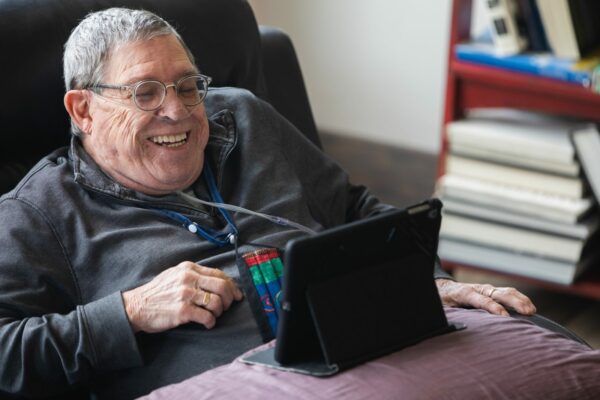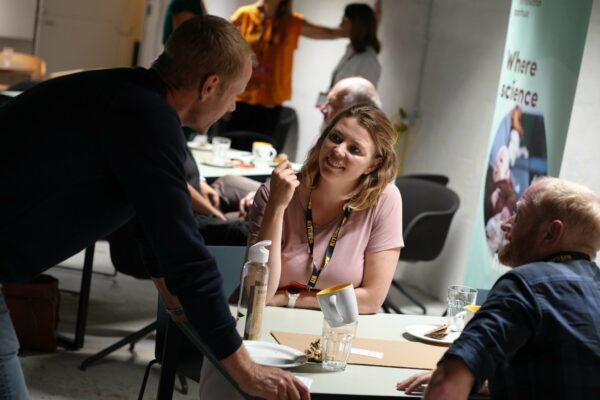A more closely connected digital healthcare system frees up staff time and supports citizens.

Columna Axon gets to the heart of a challenge in the healthcare system that requires collaboration between sectors.
When citizens have a care pathway that requires collaboration between the municipality, the region, and general practitioners, they are often responsible for remembering and relaying information about their medical history. This can be difficult for citizens to navigate, especially for those who are very ill or elderly. Therefore, it's crucial that healthcare professionals in different sectors can communicate and stay updated on each citizen's health history and treatment plan.
However, it can often be a challenge for healthcare staff to access a citizen's relevant health data if the citizen moves between the hospital, the municipality, and the general practitioner. A nurse at the hospital, for example, does not automatically have access to information from the citizen's own doctor. This is often frustrating and time-consuming, and at times it can hinder treatment.
Therefore, there is a need to develop solutions that improve data sharing between healthcare sectors. This will not only make things easier for staff and citizens but also strengthen patient safety and the patient experience by giving professionals easy access to relevant information.
The Aarhus-based IT company Systematic has created the solution Columna Axon. With Columna Axon, nurses at the hospital, employees in the municipality, and doctors now have access to updated information relevant to their patients and to the role the healthcare professional play in the treatment. Citizens will therefore experience a more coherent healthcare system with the potential to prevent readmissions.
The solution is now being tested in both Aarhus Municipality and the Central Denmark Region. Christian Budde (V), Alderman for Health and Care in Aarhus Municipality, emphasizes the benefits of improved patient care pathways and freeing up work time for other tasks.
"With this solution, we are taking a crucial step towards a more coherent healthcare system. When the hospital has direct access to municipal patient records, they can more quickly assess the correct treatment, which both increases patient safety and frees up valuable time for regional and municipal staff,” he says.
Columna Axon was tested in Herning Municipality in 2023 in a pilot project, where municipal employees gained insight into the regional patient data that was relevant to the citizens in question.
The easy access to patient health data from the hospital resulted in a 26% reduction in phone calls from municipal healthcare staff to the hospital. This illustrates the solution's potential to free up a significant number of work hours that can instead be used for other tasks and for increased presence with citizens.
During the test period, the Head of Nursing and Home Care in Herning Municipality, Gitte Nørgaard, pointed out that the implementation of Columna Axon was easy and effective:
"We feel that it is intuitive, easy, and simple. If it had been difficult, we wouldn't have just implemented it with 150-200 employees; it went very, very smoothly," she says in a video recorded by Health Innovation Aarhus Gitte Nørgaard.
Systematic's CEO, Nikolaj Bramsen, emphasizes the importance of this type of solution, which brings municipalities and regions together in a joint effort to strengthen the healthcare system:
"It is exciting to deliver a solution that addresses a significant challenge in our healthcare system. When the municipality and region share data in real time, we create a more coherent effort and significantly increase patient safety. It's about freeing up time for core tasks and ensuring that important information is always available where it is needed," says Nikolaj.
This is an example of when the private, regional, and municipal sectors have worked together on a solution and thus helped to promote data sharing and digitization in healthcare. Together, they have freed up more work hours for the core task of being close to the patient and have broken down barriers to data sharing between sectors.


